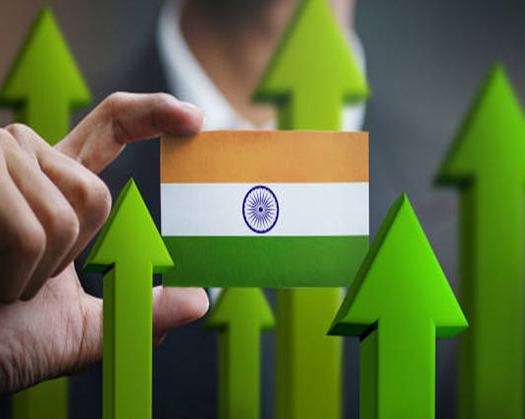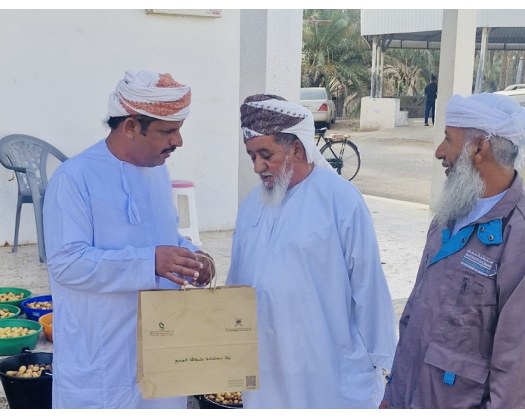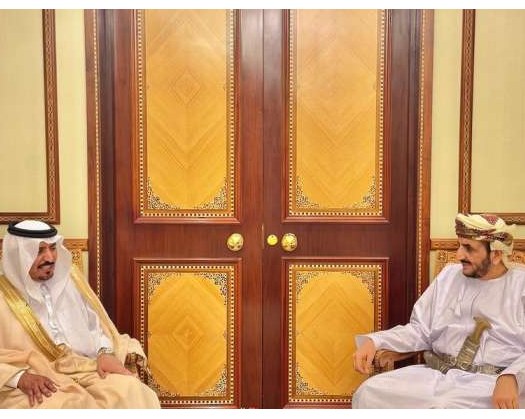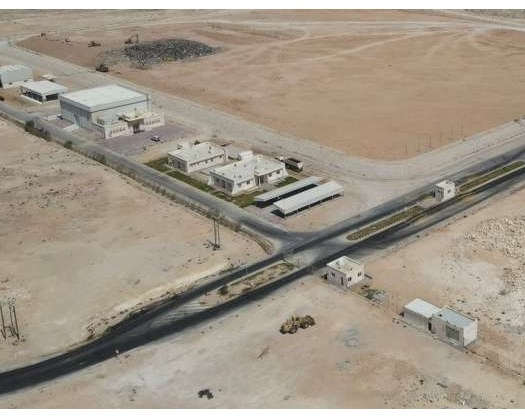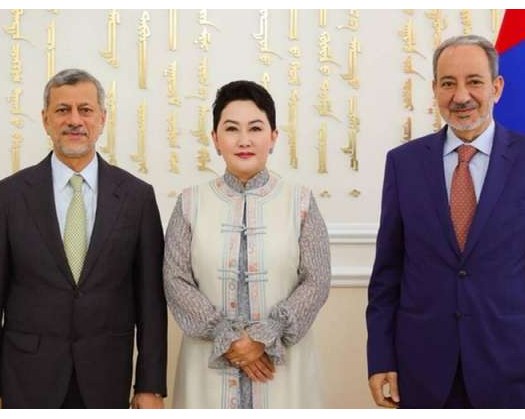New Delhi: According to a report released by Crisil Intelligence on Thursday, India's real gross domestic product (GDP) is projected to maintain a growth rate of 6.5 percent in fiscal 2026, despite facing uncertainties related to geopolitical developments and trade issues influenced by US tariff policies.
Crisil's economic outlook for India hinges on two primary factors. The agency expects that a normal monsoon season and continued softness in commodity prices will help stabilize food prices.
The report indicates that a decline in food inflation, tax incentives introduced in the Union Budget for 2025-2026, and reduced borrowing costs are likely to stimulate discretionary spending.
Crisil Intelligence notes that growth is returning to pre-pandemic levels as fiscal conditions stabilize and the impact of a high base diminishes. Furthermore, high-frequency Purchasing Managers Index (PMI) data suggests that India continues to lead among major economies.
"India's resilience is once again being put to the test. In recent years, we have established several safeguards against external shocks—sustained economic growth, a low current account deficit, manageable external public debt, and sufficient foreign exchange reserves—which provide significant policy flexibility. While challenges may arise, consumption-driven demand from both rural and urban areas will be vital for short-term growth," stated Amish Mehta, Managing Director and CEO of Crisil Ltd.
He also mentioned that ongoing investments and improvements in efficiency will contribute positively in the medium term.
"We anticipate that both the manufacturing and services sectors will bolster growth through fiscal 2031," he concluded.
According to the credit rating agency, manufacturing growth is projected to average 9.0 percent annually from fiscal years 2025 to 2031, an increase from the 6 percent average seen in the decade prior to the pandemic. While the services sector is anticipated to grow at a slower pace, it will continue to be the main driver of overall growth. Consequently, the contribution of manufacturing to GDP is expected to rise from 17 percent to 20 percent by fiscal 2025.
In fiscal 2026, the credit rating agency predicts that the recent decline in food inflation will persist, further reducing the overall inflation rate.
Inflation eased in fiscal 2025, primarily due to a decrease in non-food inflation, although food inflation has increased. The agency also forecasts an additional reduction in interest rates by 50 to 75 basis points in the upcoming fiscal year.
"India has been enhancing its growth advantage over advanced economies through infrastructure development and economic reforms, including process improvements. Strong GDP growth, a low current account deficit, and sufficient foreign exchange reserves provide a buffer and policy flexibility, although they do not completely shield the country from external shocks. The risks to the growth forecast of 6.5% are skewed to the downside due to significant uncertainty stemming from the US-led tariff conflict," stated Dharmakirti Joshi, Chief Economist at Crisil Ltd.
The report highlights a strong government emphasis on enhancing capabilities in emerging sectors, achieving greater localization, and promoting backward integration in critical value chains. Initiatives such as Make in India, the phased manufacturing program, and Production-Linked Incentives (PLI) are beginning to yield positive results across various sectors. However, the report also notes that the global landscape poses several challenges.
The uncertainty surrounding trade and tariffs is likely to complicate efforts to acquire technology, scale operations, and boost exports, according to CRISIL.

